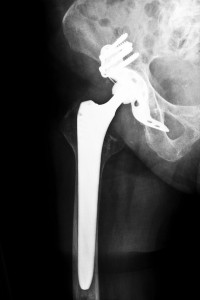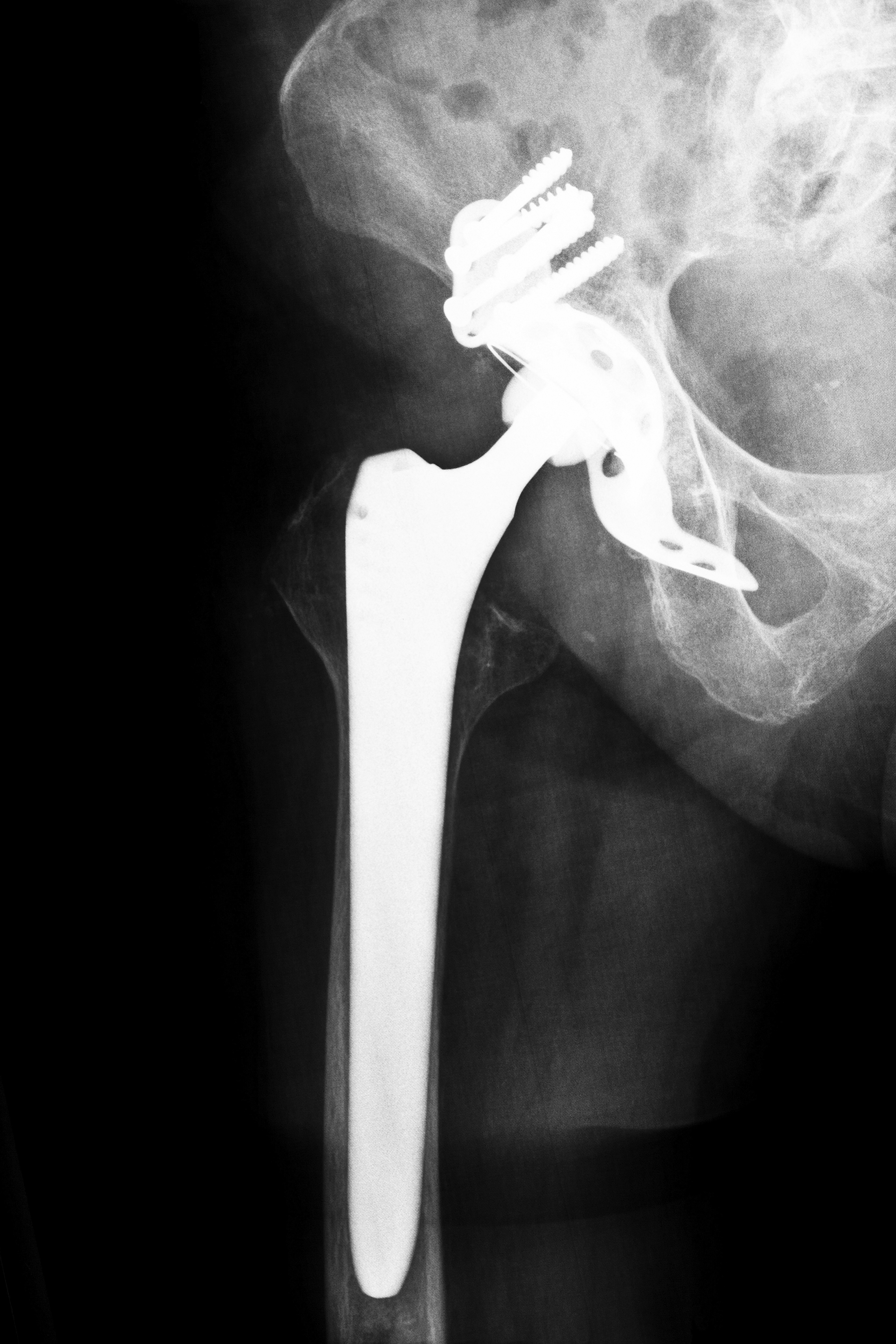Hip replacements help people in Tennessee and all over the world remain mobile even after their natural joints have begun to fail. In a lot of ways, they are medical miracles of the modern age. However, they are not without risk and certain types of hip replacement implants are riskier than others.
Metal-on-Metal Hip Replacements

The metal-on-metal or MoM hip replacement was designed for younger, stronger people. It was designed to take more of a beating from more active people as well as last longer. This was to help younger people remain active and ensure that they had the need for as few replacements as possible.
Unfortunately, MoM hip replacements did not wind up working exactly as advertised. A significant percentage of people who received these implants experienced a localized or systemic form of heavy metal poisoning from their implants that is often referred to as metallosis. The implants also failed at a much higher rate than was expected.
Metallosis
When a hip implant is put in place, it is expected to move and function as the natural joint did. This means that the ball and socket of the joint must slide against each other the same way the bone did, originally. However, the bone had all sorts of natural lubricants and when tiny pieces of bone wore off, they were made of natural materials like calcium.
Metal rubbing on metal results in the unnatural presence of tiny pieces of metal in the area. The human body reacts to excess quantities of metal in the body with inflammation and other responses because it is a foreign substance. In the case of MoM hip replacements, this response is sometimes localized to the area around the joint, but it can also be systemic if the metal ions have gotten into the bloodstream and spread around the body.
Localized reactions tend to include things like pain and swelling in the affected joint. Systemic reactions have a much broader range of symptoms, including rashes and neurological symptoms like depression. Once systemic reactions have been observed, the person is experiencing metal poisoning.
Metal Poisoning and Cancer
The metals used in hip replacement implants are designed to be inert and not harmful to the body. However, some of the same metals that are known to be carcinogens in other forms are found in these implants. At the very least, the symptoms of metal poisoning that some patients have shown that the metals are not inert.
One study done in the UK showed an increased risk of certain cancers in patients with MoM hip replacements. In a group of patients in Scotland that received these implants during the time period from 1990 to 2009, there was a statistically significant increase in three types of cancers. Two were skin cancers, basal cell carcinoma and cutaneous melanoma, and one was prostate cancer.
This is not the first time that metal hip implants have been implicated as carcinogens. The British study referenced other older studies that found increased rates of bladder, liver and other organ cancers as well. An increased risk has also been found in some studies of metal knee replacement recipients.
The Current State of MoM Hip Implants
The current recommendation from the FDA is for Tennessee MoM hip replacement patients to have regular checkups every year or two but take no action unless they have symptoms of metallosis. Only then are blood tests for metal levels indicated, they say. Tennessee hip replacement patients will have to make their own decisions about how long they are comfortable going between re-checks and whether to have more tests even if they have no symptoms. If you or a loved one has been the recipient of one of these metal-on-metal hip replacements, contact Attorney Group for Tennessee to discover your rights.






